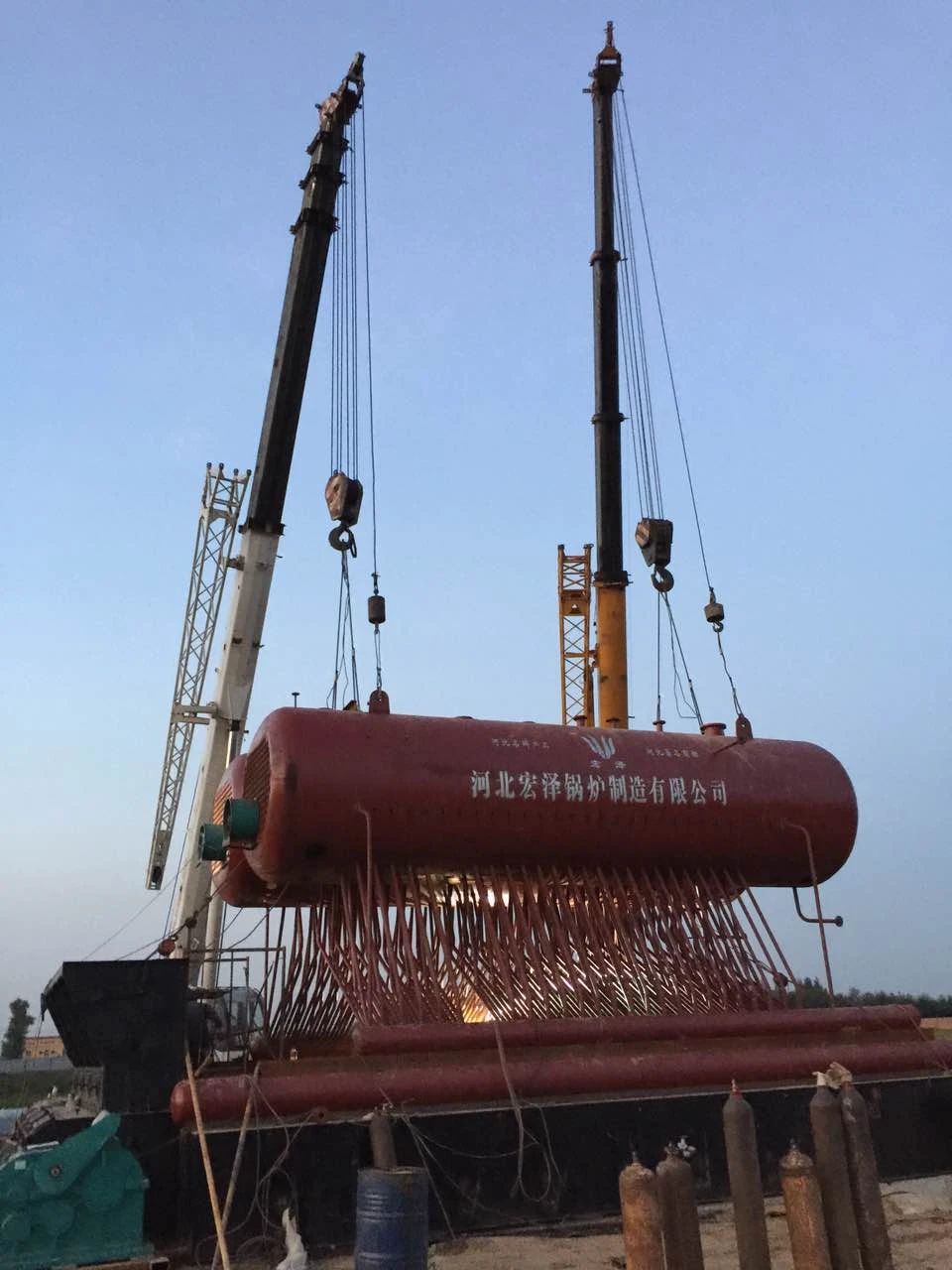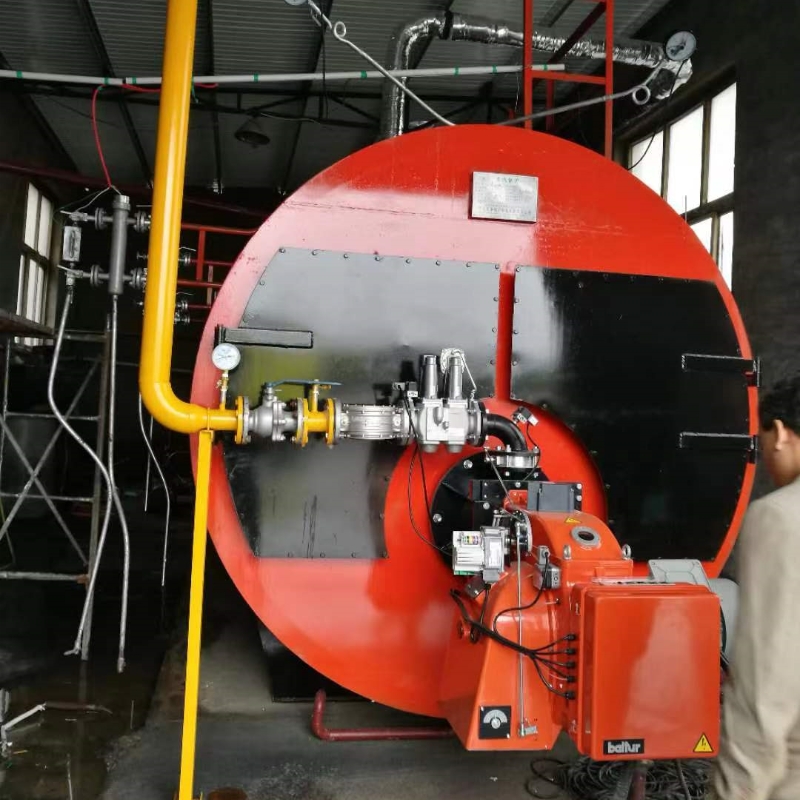
Feb . 15, 2025 17:57 Back to list
Biomass fired steam boiler
Low pressure steam systems are critical components in various industrial and commercial settings, offering an efficient and cost-effective means of heat transfer. Despite their significance, understanding the intricacies of low pressure steam pressure can pose a challenge for many. From ensuring optimal system performance to guaranteeing safety and compliance, managing low pressure steam systems requires a blend of experience, technical knowledge, and attention to detail.
Trustworthiness in managing low pressure steam systems derives from transparency and reliability in operations. Operators should conduct routine system audits to verify performance metrics and implement corrective measures as needed. Utilizing technologies such as remote monitoring systems can enhance operational transparency, allowing for real-time data analysis and quick identification of potential issues. This proactive approach not only instills confidence in stakeholders but also extends the operational life of the steam system. When considering the implementation or upgrade of a low pressure steam system, the selection of equipment and design should be guided by the specific requirements of the application. Custom-engineering solutions to fit unique operational needs ensures that the system is both effective and efficient. For instance, selecting the right boiler type, whether fire-tube or water-tube, depends on factors such as available space, fuel type, and desired steam output. In sum, the management of low pressure steam systems involves a blend of practical experience, detailed technical knowledge, and adherence to rigorous safety and environmental standards. By focusing on these areas, industries can ensure the efficient, safe, and sustainable operation of their steam systems, thereby maximizing the return on investment and supporting broader operational goals. The continued evolution of technologies and methodologies in steam system management holds promise for even greater efficiencies and innovations in the future.


Trustworthiness in managing low pressure steam systems derives from transparency and reliability in operations. Operators should conduct routine system audits to verify performance metrics and implement corrective measures as needed. Utilizing technologies such as remote monitoring systems can enhance operational transparency, allowing for real-time data analysis and quick identification of potential issues. This proactive approach not only instills confidence in stakeholders but also extends the operational life of the steam system. When considering the implementation or upgrade of a low pressure steam system, the selection of equipment and design should be guided by the specific requirements of the application. Custom-engineering solutions to fit unique operational needs ensures that the system is both effective and efficient. For instance, selecting the right boiler type, whether fire-tube or water-tube, depends on factors such as available space, fuel type, and desired steam output. In sum, the management of low pressure steam systems involves a blend of practical experience, detailed technical knowledge, and adherence to rigorous safety and environmental standards. By focusing on these areas, industries can ensure the efficient, safe, and sustainable operation of their steam systems, thereby maximizing the return on investment and supporting broader operational goals. The continued evolution of technologies and methodologies in steam system management holds promise for even greater efficiencies and innovations in the future.
Share
Latest News
-
High-Efficiency Commercial Oil Fired Steam Boiler for Industry
NewsJul.30,2025
-
High-Efficiency Biomass Fired Thermal Oil Boiler Solutions
NewsJul.30,2025
-
High Efficiency Gas Fired Thermal Oil Boiler for Industrial Heating
NewsJul.29,2025
-
High-Efficiency Gas Fired Hot Water Boiler for Sale – Reliable & Affordable
NewsJul.29,2025
-
High Efficiency Biomass Fired Hot Water Boiler for Industrial and Commercial Use
NewsJul.29,2025
-
High-Efficiency Biomass Fired Hot Water Boiler for Industrial Use
NewsJul.28,2025
Related PRODUCTS
Copyright © 2025 HEBEI HONGZE BOILER MANUFACTURING CO., LTD. All Rights Reserved. Sitemap | Privacy Policy






















